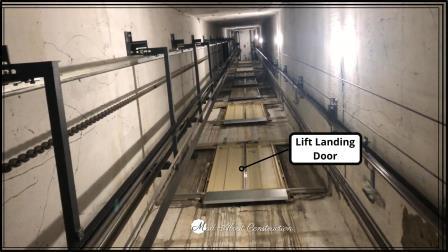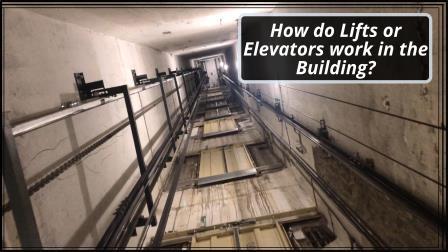One of the questions Lift technicians often get asked is: how do Lifts or elevators work in the building? Yes, it’s true. Because I have asked a similar question to my Lift technician, but it’s not right to keep that answer limited to me.
In this article, we will break it all down to answer the ultimate question: How do Lifts or Elevators work in the Building? We will also take you through the lift shaft, show all equipment, accessories and gear. Our aim is to educate you on all Lift or Elevator related terms. If you feel you could not find your query, please drop it in the comment box below.
What is the difference between Lift and Elevator?
The device that moves up and down in the building to carry people or goods from one floor to another is a lift in British English and an elevator in American English. Lift and Elevator are two different words for the same device.
Lift Shaft or Elevator Shaft:
A vertical passageway for the building allows the lift or elevator to move up and down, known as Lift Shaft or Elevator Shaft. The Lift shaft can be made of concrete, precast blocks or steel.
Lift Landing door or Elevator Landing door:
The door people can see from the outside of the Lift or elevator is called the Lift Landing door or Elevator Landing Door. Normally these doors are closed until the lift or elevator stops at a particular floor and the lift or elevator is open. If the lift stops on the 5th floor and opens, only that 5th-floor Lift or Elevator Landing door is open. It synchronizes with the lift door.

Hoist Rope:
The hoist rope connects and moves the lift car and counterweights up and down in the lift shaft. One end tides up at the top level, another passes through the lift car, sheave mechanism, and terminates with the counterweight mechanism.



Hi, roeddwn i eisiau gwybod eich pris.
Please get in touch with us on our WhatsApp.